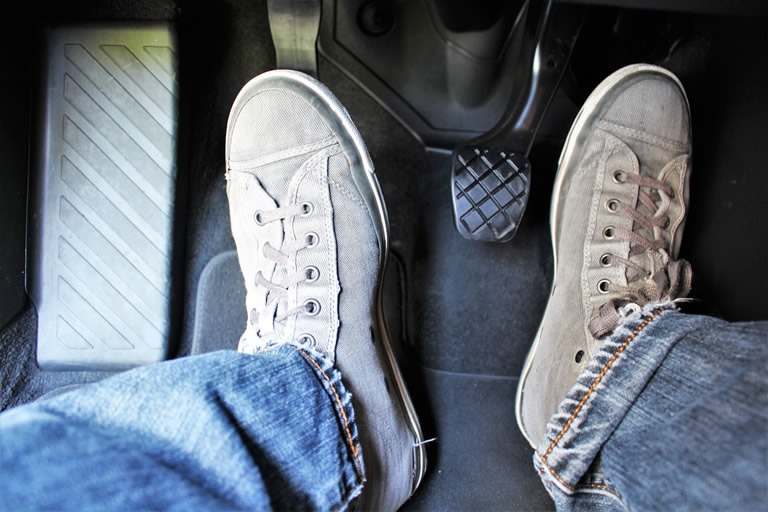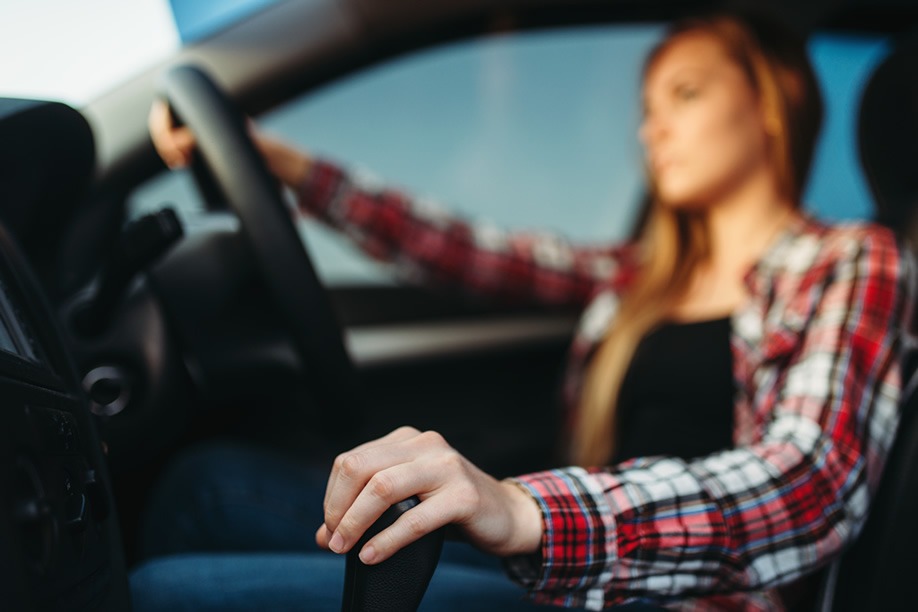Last Updated on March 2, 2023
When learning to drive, one of the key areas you’ll be working on with your driving instructor is clutch control.
Whilst automatic car ownership is on the rise in the UK, most people learn to drive on a manual transmission vehicle and stalling the car and understanding what to do next is part of the process of learning to drive.
We are here to tell you that stalling your car is not embarrassing, it’s perfectly normal. The intricacies of using the clutch pedal effectively can be challenging when you’re learning to drive. Here are some reasons why you might stall.
- Not using the accelerator enough or at all when moving off
- Moving off on an uphill slope (hill start)
- Selecting too high a gear when travelling at lower speeds
- Moving off in too high a gear
- Raising the clutch too quickly when moving off
- Not pushing the clutch pedal down when reducing speed to a near stop
None of these reasons for stalling is embarrassing; in fact, many experienced drivers who have passed their test and have years of experience stall for these reasons too!

What Should You Do When You Stall?
As mentioned, stalling your car isn’t the end of the world. Approved Driving Instructor, Christopher Pett of World Driving, who also hosts a popular driving instructor YouTube channel gives his thoughts on what you should do when you stall.
Stalling a manual car is one of those things that happens to everyone at some point when learning to drive. It even happens to qualified, experienced drivers.
It’s easy to stall a car when you demand more from it, such as moving off uphill or wanting to move off quickly at a busy roundabout. A lack of acceleration or releasing the clutch too quickly is a common cause of stalling.
It can be a shock when the car stalls at a time when you least want it to. Firstly, stay calm (easier said than done), press the footbrake to prevent the car from rolling somewhere you don’t want it to, press the clutch down fully and restart the car. Take a quick moment to figure out why it stalled. Is the car in 1st gear? Did you try and move off without enough acceleration? Would applying the parking brake help if it’s uphill? And calmly move off when it’s safe.
Some people recommend applying the parking brake every time and selecting neutral but this takes time and could frustrate drivers behind you if you’re at a busy junction for example. Definitely apply the parking brake if you’re on a steep hill though as it really helps.
If you stall during your driving test the examiner will want to see you recover from it quickly but safely. You won’t necessarily fail for stalling if it hasn’t affected any other road users. If you stall at a red traffic light then you probably won’t even get a driving fault.
Get More Practice
If you find yourself stalling your car, you might need to get more practice to build up your confidence. Get a quote for provisional insurance with Collingwood.
Get a Learner Insurance Quote with Collingwood









